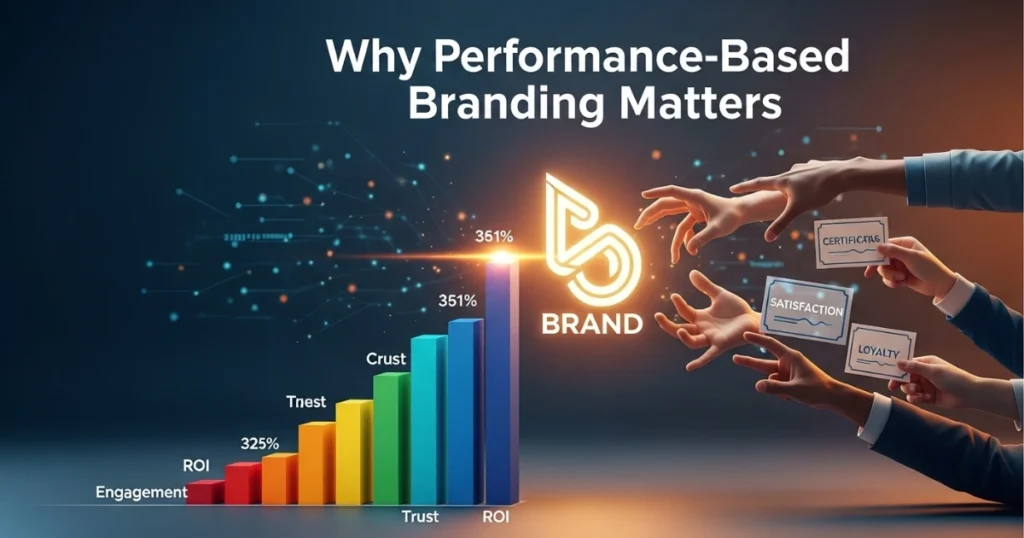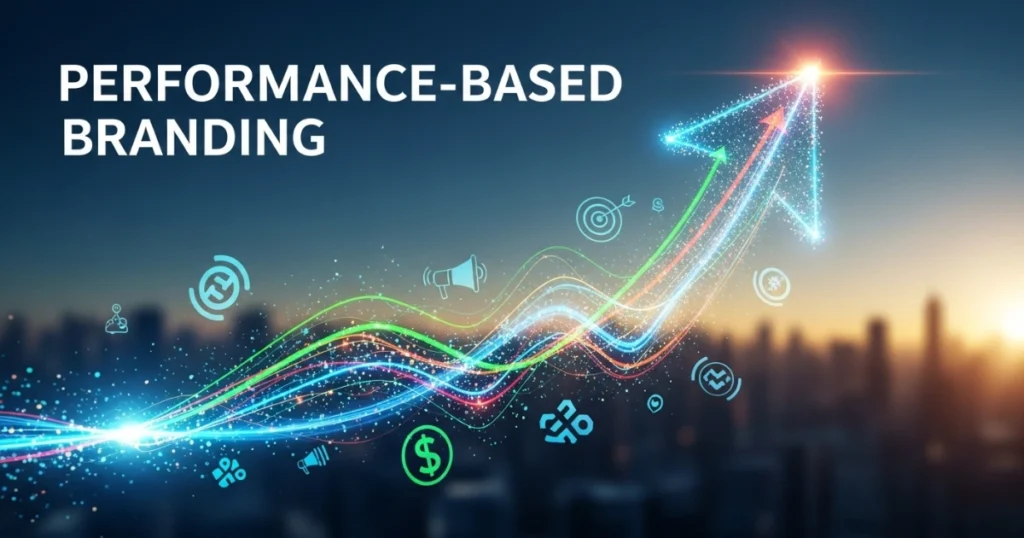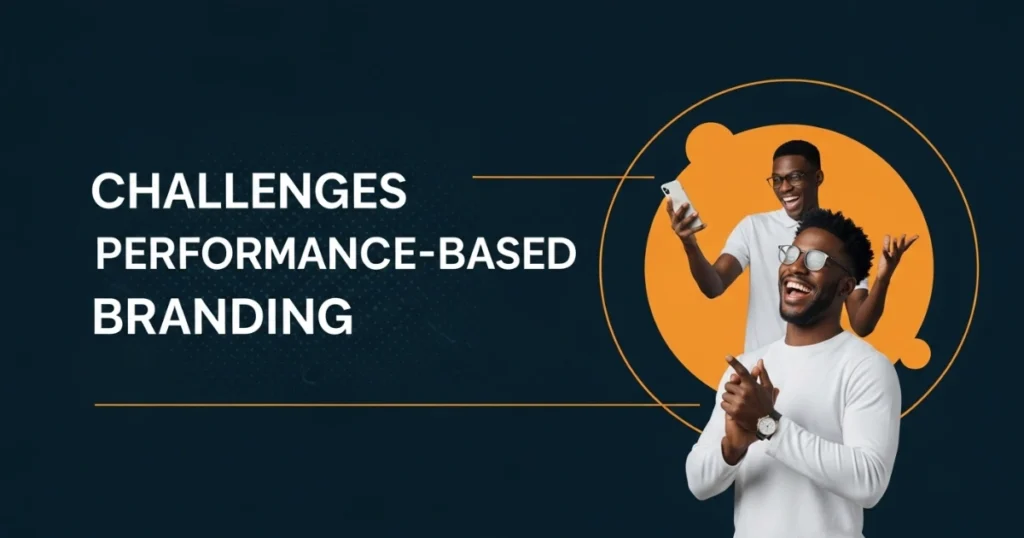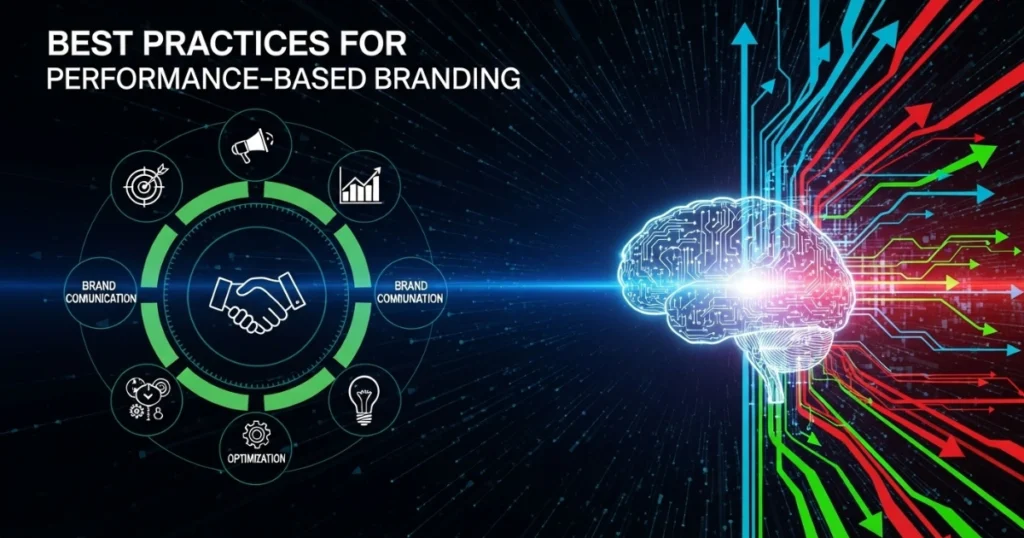
AI Videos
Unleash Performance-Based Branding with Leyline Pro AI

Contents
- 1 What Is Performance-Based Branding and Why It Matters?
- 2 Why Performance-Based Branding Matters for Your Business
- 3 How to Implement Performance-Based Branding Effectively
- 4 What Tools Can Boost Your Performance-Based Branding?
- 5 Case Studies: Success with Performance-Based Branding
- 6 Challenges of Performance-Based Branding
- 7 Best Practices for Performance-Based Branding
- 8 The Future of Performance-Based Branding
In today’s fast-paced digital landscape, performance-based branding has emerged as a game-changer for businesses aiming to stand out. Unlike traditional branding, which often focuses on aesthetics and emotional connections, performance-based branding ties every effort to measurable outcomes. By leveraging data, analytics, and strategic insights, companies can create brand identities that resonate with audiences while driving tangible results. This article explores the concept of performance-based branding, its benefits, strategies, and how businesses can implement it effectively to maximize growth and engagement.
What Is Performance-Based Branding and Why It Matters?
Performance-based branding is a strategic approach that integrates data-driven insights with traditional branding principles to achieve measurable business outcomes. Instead of relying solely on creative elements like logos or taglines, this method emphasizes metrics such as engagement rates, conversion rates, and return on investment (ROI). By aligning branding efforts with performance goals, businesses can ensure their brand not only looks good but also delivers results.
For instance, a company might use performance-based branding to optimize its social media campaigns. By analyzing metrics like click-through rates and audience demographics, the brand can tailor its messaging to resonate with its target audience. Consequently, this approach ensures that every branding decision contributes to business growth.
How Does Performance-Based Branding Drive Business Success?
- Data-Driven Decision Making: Every branding choice is backed by analytics, ensuring alignment with business objectives.
- Measurable Outcomes: Success is tracked through key performance indicators (KPIs) like website traffic, lead generation, and sales.
- Customer-Centric Focus: Strategies are designed to meet the needs and preferences of the target audience.
- Continuous Optimization: Campaigns are regularly refined based on performance data to improve results.
Why Performance-Based Branding Matters for Your Business
In a competitive market, businesses must differentiate themselves while ensuring their efforts yield results. Performance-based branding offers several advantages that make it a vital strategy for modern companies.

1. How to Measure the Impact of Performance-Based Branding?
Unlike traditional , which can be difficult to quantify, performance-based branding focuses on measurable outcomes. For example, a company launching a new product can track how its branding campaign impacts sales. By analyzing data, the business can determine which strategies work and which need adjustment, ensuring resources are used effectively.
2. Enhanced Customer Engagement
By leveraging data, businesses can create highly targeted campaigns that resonate with their audience. For instance, a retailer might use customer purchase history to personalize email marketing campaigns. As a result, customers feel more connected to the brand, leading to higher engagement and loyalty.
3. Cost Efficiency
Performance-based branding ensures that marketing budgets are spent wisely. By focusing on strategies with proven ROI, businesses can avoid wasting resources on ineffective campaigns. Moreover, continuous optimization allows companies to refine their approach, maximizing returns over time.
4. Competitive Advantage
In industries where competitors rely on outdated branding methods, performance-based provides a significant edge. Companies that use data to inform their branding decisions can quickly adapt to market trends, outperform competitors, and capture a larger market share.
How to Implement Performance-Based Branding Effectively
To successfully implement performance-based branding, businesses must follow a structured approach. Below are the key steps to get started.

1. Define Clear Objectives
Before launching a performance-based branding campaign, businesses must establish clear goals. These objectives should be specific, measurable, achievable, relevant, and time-bound (SMART). For example, a company might aim to increase website traffic by 20% within six months or boost conversion rates by 15% through targeted social media ads.
2. Identify Key Performance Indicators (KPIs)
KPIs are essential for tracking the success of branding efforts. Common KPIs in performance-based branding include:
- Website Traffic: Measures the number of visitors to your site.
- Conversion Rates: Tracks the percentage of visitors who take a desired action, such as making a purchase.
- Engagement Metrics: Includes likes, shares, and comments on social media.
- ROI: Evaluates the financial return on branding investments.
By selecting relevant KPIs, businesses can monitor progress and make data-driven adjustments.
3. Leverage Data and Analytics
Data is the backbone of performance-based branding. Businesses should use tools like Google Analytics, social media insights, and customer relationship management (CRM) systems to gather information about their audience. For example, analyzing website heatmaps can reveal which parts of a page attract the most attention, allowing brands to optimize their design for better engagement.
4. Create Targeted Content
Content is a critical component of performance-based branding. By creating content tailored to the target audience’s preferences, businesses can drive engagement and conversions. For instance, a fitness brand might use data to identify that its audience prefers video tutorials over written guides. As a result, the brand can focus on producing high-quality video content to meet this demand.
5. Test and Optimize Continuously
Performance-based branding requires ongoing testing and optimization. A/B testing, for example, allows businesses to compare two versions of a campaign to determine which performs better. By analyzing the results, companies can refine their strategies to achieve better outcomes. Additionally, regular monitoring of KPIs ensures that campaigns remain aligned with business goals.
What Tools Can Boost Your Performance-Based Branding?
Several tools can help businesses implement performance-based branding effectively. Here are some of the most popular options:

- Google Analytics: Tracks website performance, user behavior, and conversion rates.
- HubSpot: Offers CRM and marketing automation tools to personalize campaigns.
- Hootsuite: Manages social media campaigns and tracks engagement metrics.
- SEMrush: Provides insights into SEO performance and competitor analysis.
- Hotjar: Analyzes user behavior through heatmaps and session recordings.
By integrating these tools into their workflows, businesses can gather actionable insights and optimize their branding efforts.
Case Studies: Success with Performance-Based Branding
To illustrate the power of performance-based branding, let’s explore two real-world examples.
Case Study 1: E-Commerce Retailer
An e-commerce retailer wanted to increase sales of its new clothing line. By adopting a performance-based approach, the company analyzed customer data to identify its target audience’s preferences. The retailer then created targeted social media ads featuring products that aligned with these preferences. Additionally, the company used A/B testing to optimize ad creatives and messaging. As a result, the campaign generated a 25% increase in sales and a 30% boost in website traffic within three months.
Case Study 2: B2B Software Company
A B2B software company aimed to improve lead generation through its website. By implementing performance-based branding, the company used Google Analytics to identify high-performing landing pages. It then optimized these pages with targeted content and clear calls-to-action. Furthermore, the company leveraged LinkedIn ads to reach decision-makers in its target industry. Consequently, the campaign resulted in a 40% increase in leads and a 15% improvement in conversion rates.
Challenges of Performance-Based Branding
While branding offers numerous benefits, it also comes with challenges. Businesses must be aware of these potential obstacles to ensure success.

1. Data Overload
With access to vast amounts of data, businesses may struggle to identify the most relevant insights. To overcome this, companies should focus on KPIs that align with their goals and avoid getting lost in irrelevant metrics.
2. Balancing Creativity and Data
Performance-based branding emphasizes data, but creativity remains essential. Businesses must strike a balance between data-driven decisions and creative storytelling to maintain a compelling brand identity.
3. Resource Constraints
Implementing performance-based branding requires time, expertise, and tools. Small businesses with limited resources may find it challenging to adopt this approach. However, starting with free or low-cost tools like Google Analytics can help overcome this barrier.
Best Practices for Performance-Based Branding
To maximize the effectiveness of performance-based branding, businesses should follow these best practices:

- Start Small: Begin with a single campaign or channel to test the approach before scaling up.
- Focus on the Customer: Use data to understand customer needs and tailor branding efforts accordingly.
- Collaborate Across Teams: Ensure marketing, sales, and data teams work together to align branding with business goals.
- Stay Agile: Be prepared to pivot strategies based on performance data and market trends.
- Invest in Training: Equip your team with the skills to analyze data and optimize campaigns.
The Future of Performance-Based Branding

As technology continues to evolve, performance based will become even more sophisticated. Artificial intelligence (AI) and machine learning will enable businesses to analyze data more effectively and predict customer behavior with greater accuracy. Additionally, advancements in personalization will allow brands to create highly tailored experiences that drive engagement and loyalty.
Moreover, the rise of new platforms, such as immersive virtual reality environments, will open new opportunities for performance-based branding. Businesses that stay ahead of these trends will be well-positioned to succeed in the future.
Elevate Your Brand with Leyline Pro Film Agent
Transform your marketing challenges into opportunities with Leyline Pro’s Film Agent, which generates stunning videos to captivate your audience. This AI-powered tool ensures your brand stands out with high-quality content tailored to boost engagement and conversions.
Click here and Start Creating Videos Now!
Conclusion
Performance-based is revolutionizing the way businesses approach brand building. By combining creativity with data-driven insights, companies can create compelling brand identities that deliver measurable results. Whether you’re a small business or a global enterprise, adopting performance-based branding can help you engage customers, optimize resources, and achieve your business goals. Start by defining clear objectives, leveraging data, and continuously optimizing your strategies. With the right approach, branding can propel your brand to new heights.


Boost Your Brand with Ritualized Identity in 2025
Updated on September 13, 2025
Read More